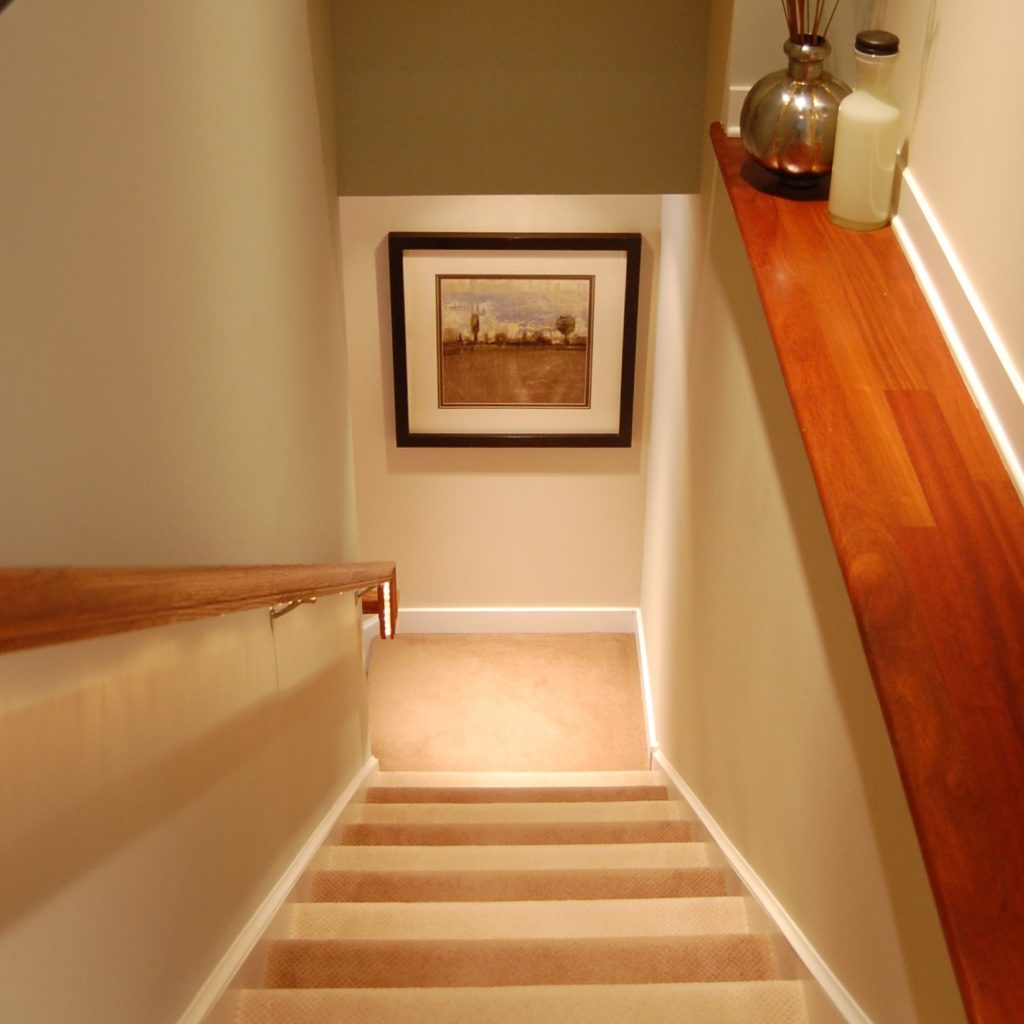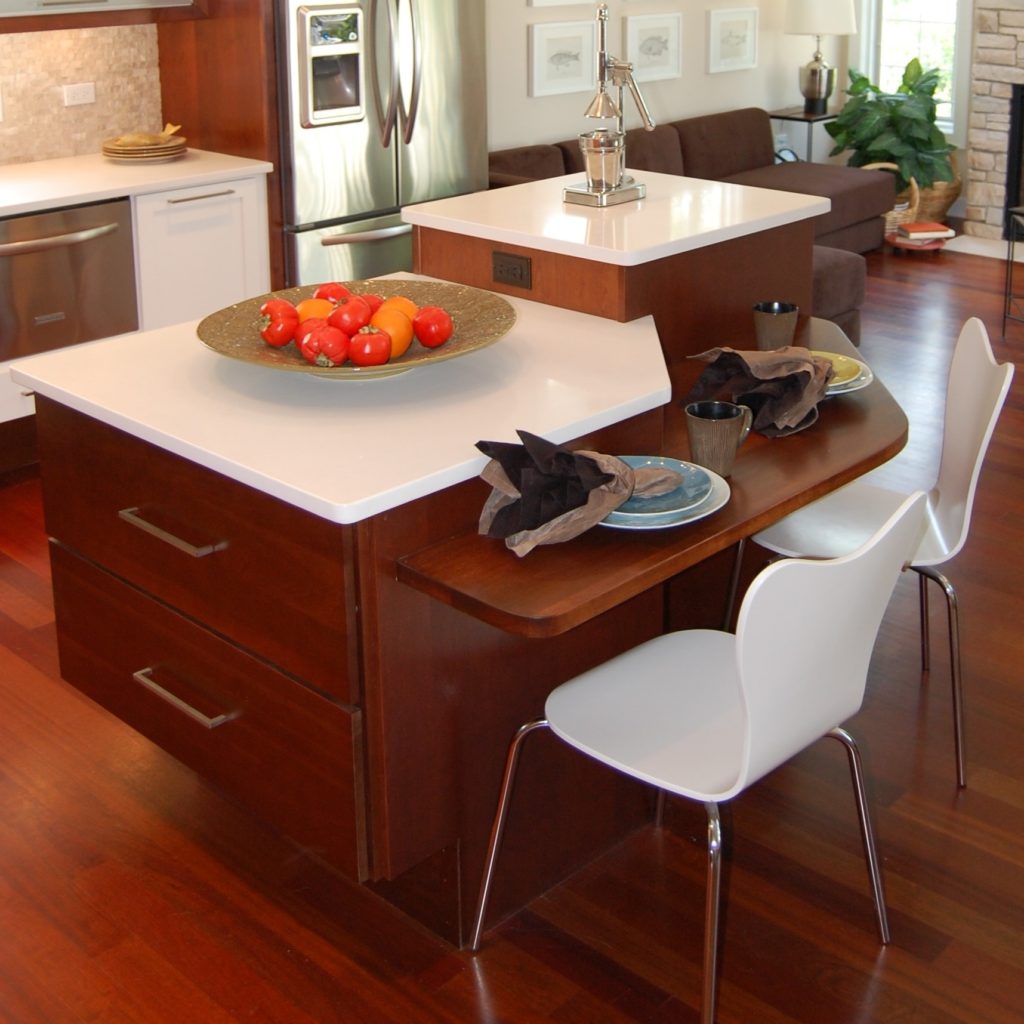“Universal Design” is a trendy buzzword in home building. But, studies show that most people have no idea what it means. They equate it with ADA accessibility, which is not the case.
Universal Design simply means making a house easier to use, safer to use and more user friendly. Another way to look at it is this: If a house works just as well for your 3-year-old child and your 93-your-old grandmother as it does for you, it is probably universally designed. In some respects Universal Design (or UD, as they say in the industry) is simply good design. To quote Steve Jobs, “Design is not just what it looks like and feels like. Design is how it works.” Most of us want our houses to work well for our families and ourselves for a long time, and such houses often encompass several UD traits.
New American Homes Inc., of Antioch, IL has built a national-award-winning universally designed home in its waterfront community on the famed Chain O’ Lakes in suburban Chicago. Called the LIFEhouse™, this concept home was built in conjunction with the Center for Inclusive Design and Environmental Access (IDeA Center) at the School of Architecture and Planning, State University of New York, Buffalo. Susanne Tauke, owner of New American Homes, and her sister Beth Tauke, a professor of architecture at SUNY, collaborated on the house. The Tauke sisters, along with the IDeA Center, are working on a series of LIFEhouse™ plans.
Universal Design includes a wide variety of aspects. But, let’s take a look at just a few examples from the first LIFEhouse™:
- SAFE STAIRS. Stairs take us from sidewalk to front porch, from first floor to second, but they also can send us to the ER. Stairs are the most dangerous consumer product in the home. According to a recent National Safety Council study, about 12,000 people in the United States die every year due to residential stair accidents; 84 percent of those who die after a fall are over 65. Every six minutes, a child ends up in the emergency room because of a stair-related injury, and these visits aren’t just about scraped knees; three out of four involve head and neck injuries.

Lighting at both the top and bottom of the stairs is essential. Rails should be between 1.25 to 2 inches in diameter and should end at the bottom of the stair rather than on the last tread. Risers should be no higher than 7.75 inches and treads at least 10 inches deep.
Newport Cove’s LIFEhouse™ has one stairway, located between the main floor and the basement. The stair rail was routed out and rope light installed inside. This light connects to a motion sensor; as soon as someone approaches the stairway from either the top or bottom, the rope light turns on. Moreover, the designers varied the color of the carpeting on the stair treads, making the individual treads more visible and, thus, reducing missed steps. These two UD features are among the most popular (and least costly) in the home.
- NO-STEP ENTRY. A universally designed home has at least one no-step entry. This allows access for people in wheelchairs, but also is great for baby strollers, moving furniture in and out of the home, and for roller skaters. The LIFEhouse™ has a very “quiet” ramp to the front door using brick pavers and sloping half of the front porch concrete down to meet those pavers. Most visitors to the house do not notice the ramp until it is pointed out.

3. CHAIR-LEVEL SEATING AT KITCHEN ISLAND. Homebuyers are used to seeing stools at kitchen islands, stools that are either 24 or 30 inches high. But, how many parents have watched their toddler climb up on such a stool and tip over? Chair-level seating at an island is a better alternative for both young and old. And, it is the new trend in kitchen design, too, as evidenced by the kitchen island in the LIFEhouse™ and many displays at this year’s IBS Show.

Blog Courtesy of Beth Tauke and Susanne Tauke

